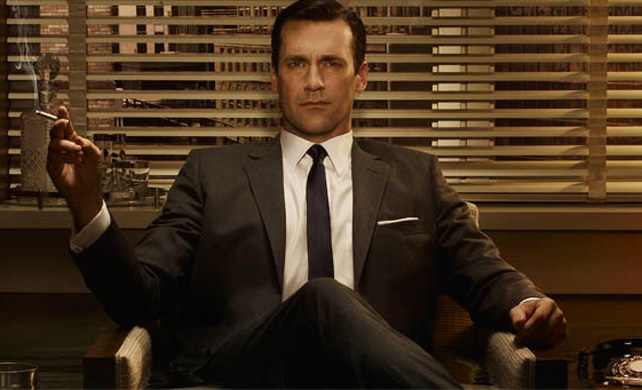Visualizing Wonder is project devoted to the neglected study and education of fairy tales on television. With tools like a searchable teleography and visualizations showing which characters show up on which shows we’ve made great strides is showing television’s love affair with fairy tales. That being said, there is one aspect of fairy tales on the small screen that we’ve yet to comment on thus far: advertisements.
 For as long as television has been around commercials and sponsorships have operated as the stealth lifeblood pumping cash and life into the medium. In recent decades additional revenue streams like syndication deals, DVD sales, and streaming rights have buoyed up the television industry, but there is no more important or influential facilitator of the TV industry than commercials.
For as long as television has been around commercials and sponsorships have operated as the stealth lifeblood pumping cash and life into the medium. In recent decades additional revenue streams like syndication deals, DVD sales, and streaming rights have buoyed up the television industry, but there is no more important or influential facilitator of the TV industry than commercials.
The goals, restrictions, and lengths of commercials have varied dramatically over the years, but the premise has remained unchanged: a finite and small amount of time to sell a product, good, or service. Advertisers have precious little time to say what they want to say and to connect with their audience. Because of their limited time they’ve learned the shortcuts to attract attention and gain sympathies: peppy music, pretty people, cute animals, and a memorable tagline. The shortcut we’ll be examining on this blog, however, is the strategic use of fairy tale iconography in commercials.
For many of us fairy tales play significant roles in the first stories we hear, the first movies we see, and the first television shows we watch. Our first brushes with heroes and villains, right and wrong, and the very concept of wonder often originate with fairy tales in one form or another. It didn’t take long for advertisers to discover the tremendous relatability, love of, and staying power of fairy tales for the vast majority of the general public. Decade after decade advertisers have capitalized on this public awareness and love of fairy tales figures to sell us toothpaste, insurance, produce, and everything in between.
In this post-modern and increasingly media literate age, this over-reliance of fairy tale iconography in ads has not gone unnoticed by consumers and other creative professionals. In an episode of Mad Men, Madison Avenue 1960s-era advertising superstar Don Draper shoots down a shoe commercial idea featuring Cinderella, calling the idea “cliché.” You can probably think of and even remember similar on the nose uses of fairy tale figures yourself.
The temptation for advertisers to rely on fairy tale figures and iconography continues today and many ignore Don Draper’s aversion for cliché. With ads getting both louder and shorter due to rapid changes in the television industry is it even possible for contemporary advertisers to find fresh ways to feature fairy tales in advertising campaigns? This weekly series examining the intersection between fairy tales and TV commercials will answer these and other related questions.
Next week we’ll look at some of the earliest ads and promotions to feature familiar fairy tale iconography. Sound off in the comments if you’ve encountered or remember any ads featuring your favorite fairy tale figures.
